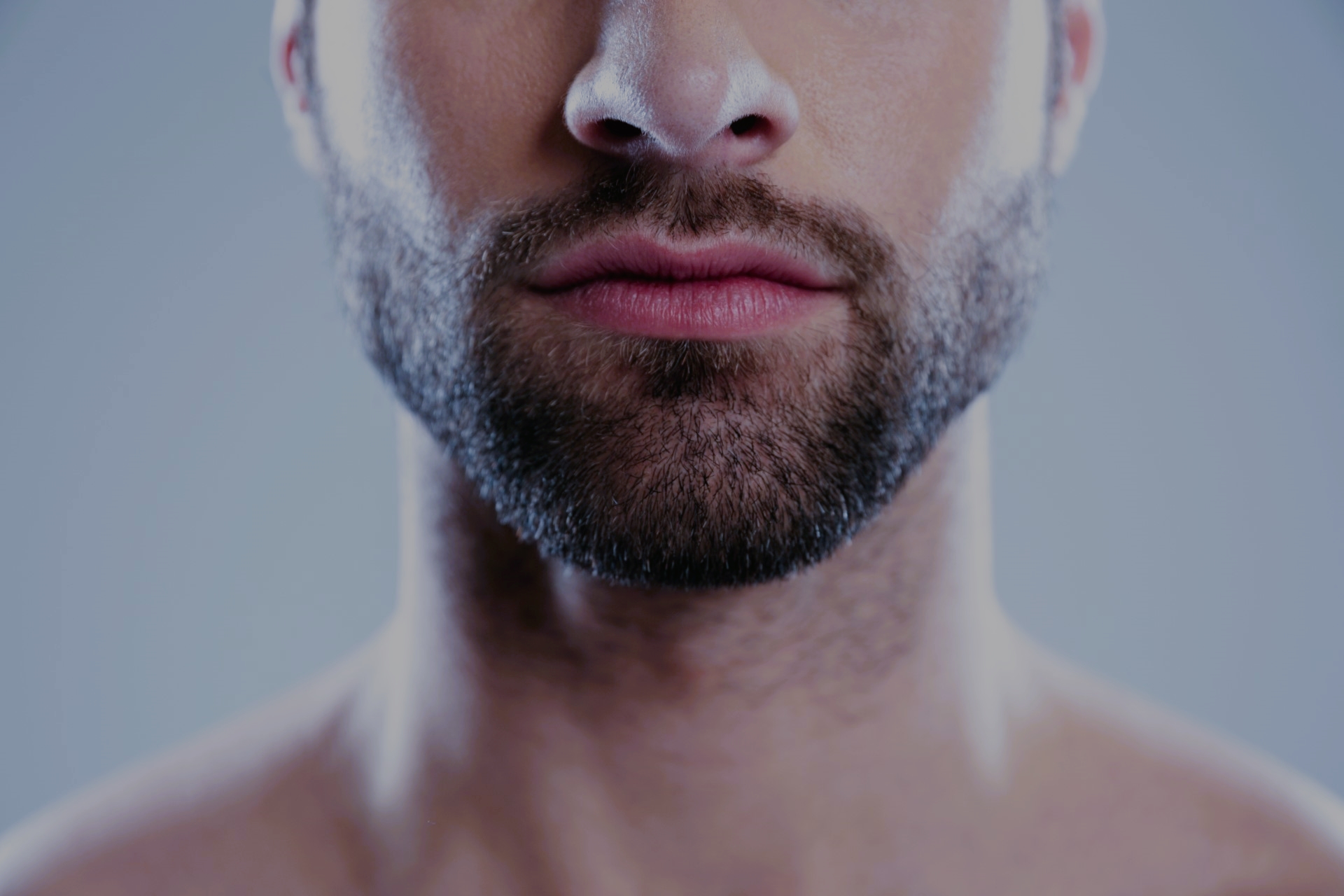Hair Transplant
There are various reasons for beard loss in men. Although allergic diseases, autoimmune diseases and skin diseases cause beard loss, one of the most important causes is hormonal imbalances in the body. Especially serious imbalances in the level of testosterone, the male hormone, bring along beard loss due to shedding. Apart from beard loss, we have patients who have genetically sparse beard or absence of beard.
Beard Transplantation
It is a definite and permanent treatment method that is frequently applied in cases of leathery, sparse or scattered beard. It can be done from the ages of 21-22, when the hormones reach the ideal level. Although beard transplantation is mostly preferred by men who have problems with corners, many men who are faced with the problem of sparse or scattered beard today also have beard transplantation and achieve more natural, aesthetic beards.
Beard is as important as hair for men. The beard, which is seen as a symbol of masculinity for men in many societies of the world today, is an important accessory for a more charismatic and masculine appearance, which makes the man feel better even if it is not left, by lengthening it whenever he wants or giving it various shapes. It is an important fact that in many surveys conducted on women today, beardless men are not preferred by women.
The beard transplant operation is no different from hair transplantation as a method, the important thing is that the application to the beard area is suitable for the natural aspect of the beard. Using special micro motors, the hair follicles taken from the area between the two ears or the nape of the person, which are genetically shed the least, are planted one by one with micro forceps in the channels opened with a technique called lateral slit in the area where the beard will be transplanted. Since local anesthesia is applied to the transplanted beard area during the operation, no pain or pain is felt during the procedure.
After beard transplantation, no traces remain in the nape area where the hair follicles are taken and in the beard area where the hair follicles are transplanted. After the operation, the redness and occasional bleeding at or around the hair follicles gradually disappear after the first 1-2 weeks. The transplanted beards usually start to grow after the 3rd month. 8-12. Between months, all of the transplanted beards will grow and the face will have a natural appearance. The results in beard transplantation are definite and permanent.
Mustache Transplant
If there is no hair growth on the upper lip in men or there is loss of existing hair follicles due to various reasons, the process of transplanting one’s own hair or beard roots to the mustache area is called mustache transplantation.
Hair follicles to be planted in the mustache area are taken from the area between the two ears or the nape, where genetic shedding is the least in men, and even not possible in many men, as in the hair transplantation process. Hair follicles taken from the nape area with micro motors are planted in the mustache area with 0.6-0.7 mm special needles called punch.
Since the hair follicles transplanted in mustache transplantation will carry the same genetic characteristics of the hair, they continue to grow normally. Like hair, you can shave and shape whenever you want. One of the most important points in mustache transplantation is not to plant hair follicles too close to each other. The frequency of sowing should be adjusted adequately so that the hair follicles can be fed. FUE technique should be used for an aesthetic and natural appearance, and fine-tipped special needles should be used to avoid any scars.
In cases such as corners, scars, surgical scars, burn scars and, although very rarely, mustache loss, you can have a completely healthy and natural mustache with mustache transplantation and experience a serious change in your aesthetic appearance.
After mustache transplantation, there is no trace in the nape or mustache area where the hair follicles are taken. Only in the first few days there may be small redness around and at the bottom of the transplanted roots, but this is temporary. It disappears completely within 1-2 weeks. Generally, after the 2nd week, a process called shock shedding occurs and the transplanted hair follicles experience shedding. This is also something to be expected and not to be worried about. After 6-8 months, with the complete growth of the transplanted hair follicles, you will have a healthy and natural-looking mustache. The results in mustache transplantation are definite and permanent.

